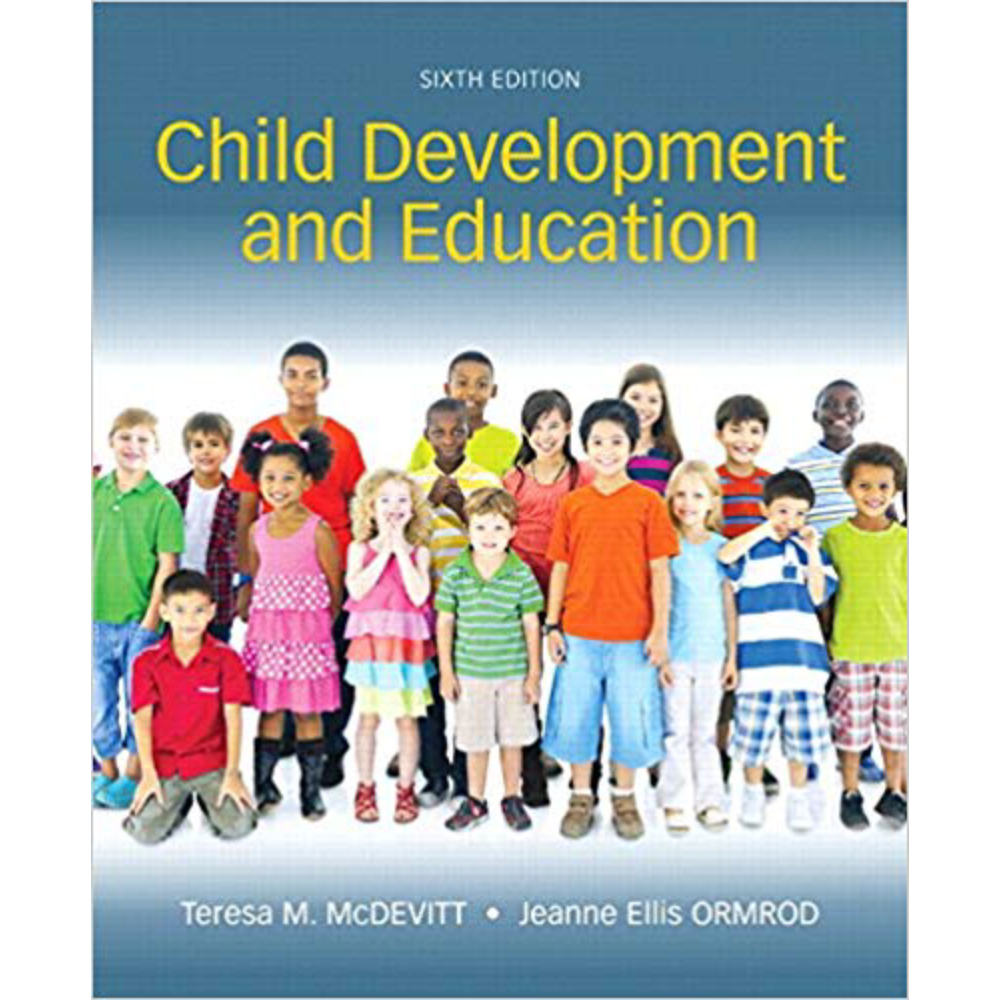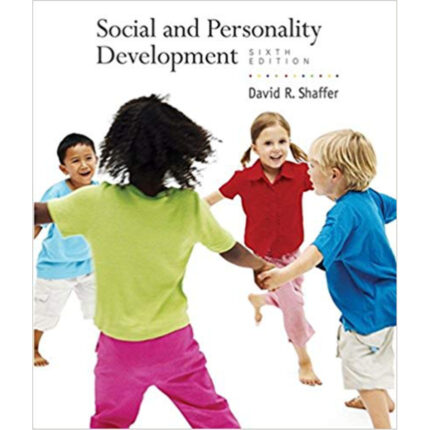Chapter 11
EMOTIONAL DEVELOPMENT
Multiple-Choice Questions
1. Which one of the following best describes Erik Erikson’s theory of psychosocial development?
a. A series of stages, each of which has a unique developmental task to be addressed
b. A process of becoming increasingly self-confident through the years as one’s competence improves
c. A series of stages in which people develop increasingly more sophisticated social skills
d. A progression of increasingly abstract understandings of social situations
2. From the perspective of Erik Erikson’s theory of psychosocial development, children’s ability to trust those around them stems from:
a. Early experiences with teachers
b. Experiences with adults during infancy
c. Peer behaviors during the elementary years
d. Friendships formed during the teenage years
3. Kathleen is 2 years old. She very much wants to do things for herself—dressing herself, brushing her teeth, and so on—in the morning. Most of the time her mother will not let her do such things because she is so slow and clumsy. Today Mom tells Kathleen she can dress herself, but before long Mom is saying: “Kathleen, you’ve got your pants on backwards again! Can’t you ever put your clothes on right? Here, let me do it. You’re making me late for work.” If Kathleen hears this kind of talk very often, Erikson suggests that Kathleen might be at risk for developing a sense of:
a. mistrust (rather than trust)
b. guilt (rather than initiative)
c. inferiority (rather than industry)
d. shame and doubt (rather than autonomy)
4. In Erik Erikson’s view, children in the initiative versus guilt stage ideally learn to:
a. Control their bodily functions so they don’t feel guilty about having “accidents”
b. Take initiative in feeding and dressing themselves
c. Plan and carry out some of their own activities
d. Persevere at difficult tasks
5. Jules is discovering that by being able to write all the alphabet letters in cursive, he is winning the approval of his teacher. Without knowing anything else about Jules, the best guess is that he is in Erikson’s stage of:
a. Trust versus mistrust
b. Autonomy versus shame and doubt
c. Initiative versus guilt
d. Industry versus inferiority
6. If we consider Erikson’s theory of psychosocial development, then which one of the following issues would we expect high school students to be most concerned about?
a. Wanting to form a close and intimate relationship with another human being
b. Trying to decide who they really are and what role they will play in adult society
c. Needing to gain recognition of parents and teachers through academic activities and achievements
d. Finding a way to wiggle out of doing difficult tasks
7. Which one of the following best illustrates Erikson’s stage of identity versus role confusion?
a. Arnold is always wishing things were different than they are.
b. Beth can’t keep a steady boyfriend.
c. Craig is trying to decide what career he wants to pursue.
d. Dawn underestimates her ability to learn mathematics.
8. One of the key criticisms of Erikson’s stage theory of development is that it:
a. was overly broad, focusing on too many developmental time periods.
b. does not focus on truly significant development across the lifespan.
c. does not provide information on how best to encourage development at each stage.
d. was not based on systematic research with a variety of individuals from different backgrounds and cultures.
9. Which one of the following best reflects a child’s need for relatedness?
a. As soon as she gets home from school each day, Andrea calls her best friend.
b. Bernie objects when his mother tries to help him with a task, insisting “I can do it myself!”
c. Carrie gets frustrated when she can’t tie new ideas in class to things she already knows.
d. As an adopted child, Donovan wonders what his biological parents were like.
10. Which one of the following best describes attachment in the early years?
a. An enduring emotional bond between an infant and a caregiver
b. A mother’s innate tendency to protect her young offspring
c. A predisposition by infants to behave in certain ways and not in others
d. An affectionate relationship between marital partners, thought by ethological theorists to be important for young children’s emotional well-being.
Multiple Choice Questions
- a
- b
- d
- c
- d
- b
- c
- d
- a
- a













Reviews
There are no reviews yet.